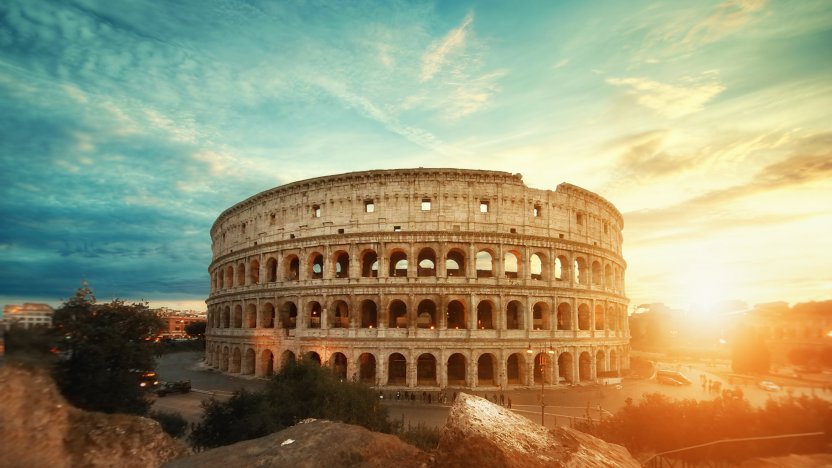A new route to patent protection in Italy from July 2020

Holders of Patent Cooperation Treaty (PCT) international applications will soon be able to apply for protection of their invention in Italy without going through the European Patent system. Entry into the direct national phase in Italy will be authorised from a PCT international application from July 2020, as Eric Enderlin explains.
The national legislation of some members of the European Patent Convention (EPC) currently precludes obtaining patent protection directly from a PCT international application. As of 1 January 2019, this includes Belgium (BE), Cyprus (CY), France (FR), Greece (GR), Ireland (IE), Italy (IT) and the Netherlands (NL).
In addition, if the priority period of 12 months is exceeded, the holder of a PCT international application is obliged to first obtain a European Patent (EP) in order to then be able to request protection; i.e. by validating the EP in that country.
The Decreto Crescita (Growth Decree) and subsequent amendments to the Italian Industrial Property Code will soon lift this constraint for Italy. Those who file an international application through the PCT on or after 1 July 2020, will be able to request direct entry into the Italian national phase, without going through the EP system.
Entry into the national phase is initiated by filing at the Ufficio Italiano Brevetti e Marchi (UIBM), Italy’s Patent and Trademark Office, a request to that end, accompanied by a translation in Italian of the complete text of the international application (description, claims, abstract and figures, if any).
As for Germany, Japan and the US, national phase entry in Italy must be carried out, at the latest, 30 months from the date of filing of the international application or the priority date, if it is claimed. The application will undergo an in-depth examination by the UIBM, on the basis of the research report and the preliminary opinion issued in the international phase.
Businesses can potentially, therefore, request an early entry into the Italian national phase from July 2020. Of course, the choice to do so should be strategic, in the interest of the holder of the requested patent.
Discussions to facilitate national phase entry have also taken place in other jurisdictions. However, in France, for example, the new Loi PACTE has not lifted the obligation to go through the European Patent from a PCT international application.
Eric Enderlin is Director of the Chemistry and Life Sciences Department at Novagraaf in Paris.